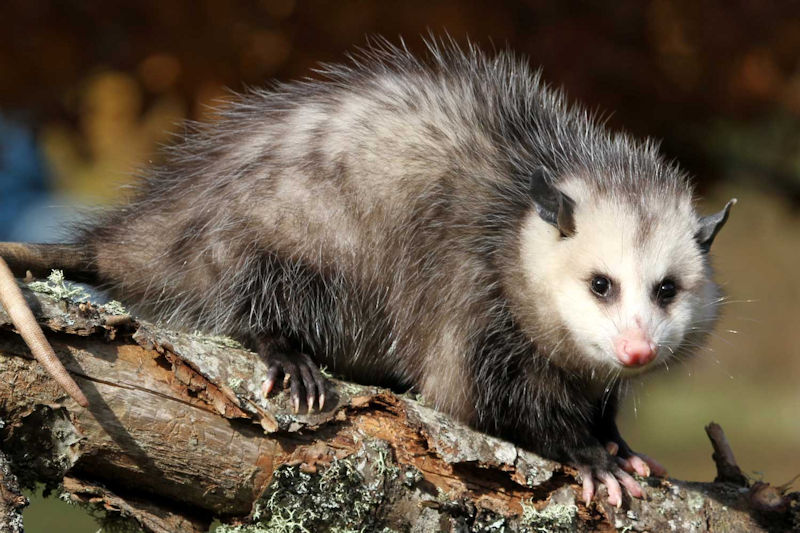The Necessity of Opossum Management in Maryland
In the heart of Maryland’s diverse ecosystems, the opossum plays a unique role. Known for their solitary and nocturnal habits, these creatures are often misunderstood. Yet, managing their population is crucial for ecological harmony.
Understanding Opossums in Maryland’s Ecosystem
Opossums, often seen as mere backyard visitors, are integral to Maryland’s biodiversity. They contribute to controlling pests and cleaning up carrion, but an imbalance can disrupt this natural order.
The Benefits of Wildlife Trapping
Trapping, when conducted ethically and responsibly, serves as a tool for maintaining the delicate balance in our ecosystems. It helps in monitoring and managing wildlife populations, ensuring that species like the opossum do not become a threat to themselves and their environment.
Reducing Human-Wildlife Conflict
As urban areas expand, encounters between humans and wildlife, including opossums, become more frequent. Trapping can help reduce these conflicts, protecting both human interests and wildlife welfare.
Now, let’s ponder the situation in Maryland, where the opossum, a creature both curious and misunderstood, wanders through the shadows of our backyards. This nocturnal wanderer, often the subject of misplaced fear and wonder, has found itself in a complex dance with humans and the wider ecosystem.
In the hushed whispers of Maryland’s forests and the bustling of its urban sprawl, the opossum plays a critical role. They’re nature’s little janitors, you see, taking care of the dead and decaying, keeping our surroundings a bit tidier. But when their numbers swell beyond nature’s balance, troubles arise. Gardens are raided, conflicts with pets occur, and the balance of our shared spaces tips.
Here’s where the art of trapping comes into play. It’s a practice as old as the hills, born from necessity and honed by time. When done right, with respect for the creature and the environment, trapping is a way to keep the scales balanced. It’s not about harm, but about understanding and managing our shared spaces.
In Maryland, trapping is guided by rules and a respect for nature’s ways. It’s a tool, used not in anger or frustration, but in harmony with the rhythms of the wild. By keeping opossum numbers in check, we’re not just protecting our gardens or pets; we’re helping the whole ecosystem. Fewer opossums mean more space for other creatures, and less competition for food and shelter.
But it’s not just about the woods and fields; it’s about our homes and streets too. As we’ve built and spread, we’ve stepped into the world of these creatures. Conflicts arise, as they do when different worlds collide. Trapping, in this light, is a way to ease these tensions, to make space for both human and opossum to coexist.
So, as we go about our days and nights in Maryland, let’s spare a thought for the humble opossum. In their silent nocturnal wanderings, they’re a thread in the tapestry of our shared ecosystem. And in managing their numbers, in understanding their role, we’re not just looking after them; we’re looking after ourselves and the world we all call home.

